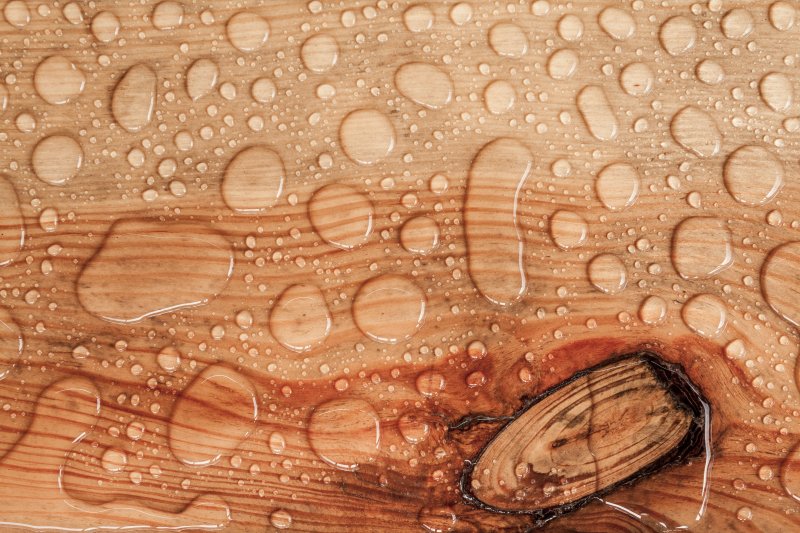Wood Chemicals: Strength and Protective Shields that Increase the Durability of Wood
Wood is a natural and aesthetic material used in a wide range of areas, from building materials to furniture, from packaging materials to industrial products. However, sometimes additional precautions may be needed to ensure the long-lasting use of wood and to preserve its natural structure. This is where "wood chemicals" come into play. Wood chemicals increase the durability of wood, prevent it from rotting, provide protection against insect attacks and increase its resistance to water. These chemicals penetrate into the wood and form a protective layer, thus prolonging the life of the wood. While protective chemicals are of great importance especially for wood used in outdoor applications, lighter preservatives may be sufficient for indoor furniture. The correct selection and application of wood chemicals increases the lifespan of wood and is also important for the environment and health. Expert consultancy plays an important role in this process and ensures the long-lasting and safe use of wood.
Protective Chemicals: Shield to Protect Wood Against Rot
- Wood chemicals are specially formulated chemicals used to increase the natural durability of wood and provide protection against various harmful factors.
- These chemicals penetrate into the wood and reduce or prevent the effects of microorganisms and harmful insects. This prevents wood from rotting and being damaged by insects.
- Wood chemicals are generally applied by impregnating the wood. The impregnation process allows the wood to be exposed to chemicals and penetrate into it, thus creating a protective layer.
- The protective layer increases the wood's resistance to external factors and ensures long-term use. In this way, the life of wooden products is extended and the need for maintenance is reduced.
- Wood chemicals are commonly used in applications such as outdoor wood building materials, furniture, fences and decks. However, it is important to use protective chemicals on interior wood to extend the life of the wood and improve its quality.
- The correct selection and application of these chemicals is important for the protection of wood and the health of the environment. Choosing the right chemical recommended by experts and using the correct application method ensures the long-term use and durability of the wood.
Water Repellent Chemicals: Protecting Wood from Moisture and Water Damage
Water repellent chemicals are an important group of chemical agents used to protect wood from moisture and water damage caused by water, its natural enemy. They are designed to protect the structural integrity of wood and increase its durability.
These chemicals minimize the penetration and harmful effects of water when applied to the surface of the wood or when they penetrate into the wood. Water-repellent chemicals close the pores of the wood or prevent water from seeping in by creating coatings. Thus, they prevent water-related damage such as rotting, mold or swelling of the wood.
Coloring and Aesthetic Chemicals: Touches That Improve the Appearance of Wood
Colorant and aesthetic chemicals are important ingredients designed to maximize the aesthetic potential of wood. These chemicals are used to highlight the natural beauty of wood or to create a special style. Thanks to their ability to change the color of wood, they can meet any decorative need. Additionally, they create a unique look by highlighting the texture and patterns of the wood. The various shades and textures of these chemicals expand design options and meet site-specific aesthetic preferences.
Wood Chemicals: Correct Selection and Application Are Important
When used correctly, wood chemicals can increase the lifespan of wood and reduce maintenance costs. However, it is important that these chemicals do not harm the environment and are applied in a healthy way. Therefore, it is important to get help from experts in wood processing and preservation processes.
